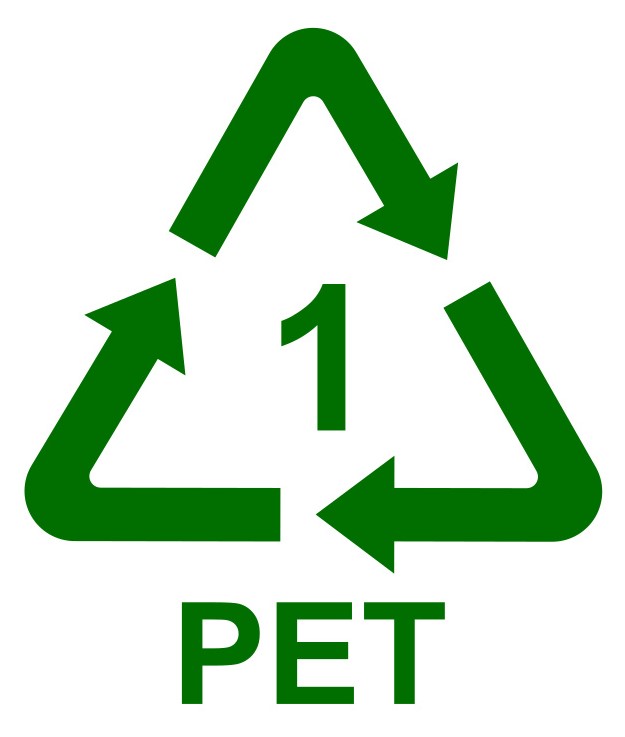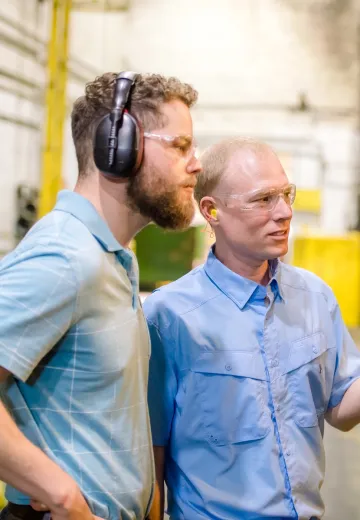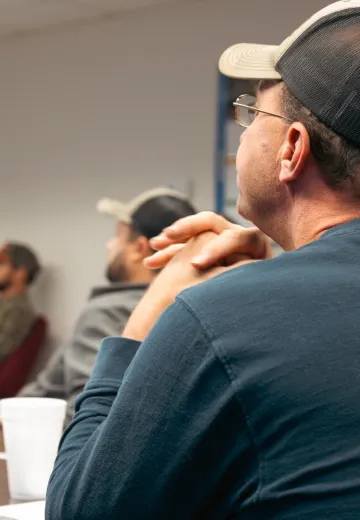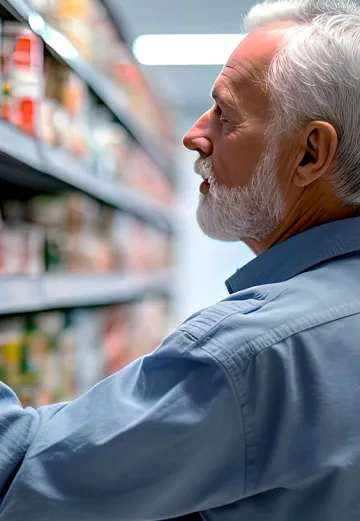Committed to doing the right thing, we are an ally that is as passionate about our customers' products and sustainability goals as they are. To help support them, we've created this packaging glossary to define often misunderstood terms in this industry.
- Adhesives
Tack: This term describes the ability of two materials to resist separation after bringing their surfaces into contact for a short time under light pressure
Open time: This term describes the time that the glue may be left open to the air after application. It is also sometimes referred to as working time or open assembly time.
Viscosity: This term describes the measure of a fluid's resistance to flow. For example, water has a lower viscosity, while honey has a higher viscosity.
Substrate: This term describes the material on which an adhesive-containing substance is spread for any purpose, such as bonding or coating.
- Metal Packaging
Two-piece cans: This metal packaging is created first by forming a steel "cup" and then by drawing that cup through a series of die rings - creating a single, integrated cylinder and bottom. The can is then filled with product and closed with an end, creating a "2-piece" (can and end) package.
Three-piece cans: This metal packaging is created by taking a steel body blank and welding that into a cylinder. Then, an end is seamed onto the cylinder. The can is then filled with product and closed with another end, creating a "3-piece" (can plus two ends) package.
Two-piece aerosol cans: This metal packaging forms through a continuous Drawn & Ironed (D&I) process during which steel is stretched into a cylinder and a bottom is double seamed to the cylinder. The two-piece packaging design includes an integrated dome that results in a tapered shape.
Three-piece aerosol cans: This metal packaging results from a batch process in which flat sheets are cut into body blanks, formed and welded into a cylinder with a top dome and bottom double-seamed components. The three-piece can includes either a traditional straight-sided look or a more modern necked-in body shape.
- Paper
Uncoated recycled paperboard (URB): This type of paperboard is produced using fibers recycled from post-industrial or post-consumer sources, such as corrugated boxes
Cardboard: A type of corrugated board, cardboard is composed of paper layers (called liner and medium). This material is used to make a corrugated box. Cardboard could be made with virgin fibers or recycled fibers. Because of the increasing trend that cardboard is produced from URB rather than from virgin fiber, some automatically consider cardboard to be URB.
Kraft: This is a process used to produce paper and paperboard by breaking down trees into individual fibers using specific chemicals. Strictly speaking, a Kraft board is virgin board. However, because of the brown color of Kraft board, it is often mistaken as recycled board or URB.
- Recycling
Material recovery facility (MRF): This term refers to larger recycling plants that process commingled and residential single-stream materials. MRFs rely on a combination of various mechanical and automated sorting equipment combined with manual quality control (or QC) processes.
Single-stream recycling: This term refers to when all contents that make up residential recycling are mixed in one stream. In practice, this looks like paper, glass, metal, plastic and old corrugated containers (e.g., used cardboard boxes) that are collected together using curbside residential recycling collection.
 Resin identification code (RIC): This term refers to a symbol (see green triangle symbol) often included on the bottom of products. It indicates what kind of plastic a product is made from. The RIC symbol does not identify a product as recyclable.
Resin identification code (RIC): This term refers to a symbol (see green triangle symbol) often included on the bottom of products. It indicates what kind of plastic a product is made from. The RIC symbol does not identify a product as recyclable.- Rigid Paper Containers (RPC)
Rigid paper container: A rigid paper container, also known as a spiral wound paper tube or a cylindrical paper container, is multilayered packaging made of one or two plies of 100% recycled fiber paperboard (90% from post-consumer recycled resources), which includes an oxygen and moisture barrier liner based upon the product contents. These packages are closed with paper or steel bottoms and secured with an easy open metal or paper top. (Explore paper and plastic bottom solutions available in select regions.)
Spiral wound labels: These labels are wound as the can is being made, eliminating a step in the production process. This process ensures the label becomes part of the container's structure so that there is no separation.
Convolute labels: These labels wrap around the can after the cans are made. They have a single vertical seam along the side of the can. Their seam is unobtrusive, providing flexibility of self-applied labels.
Membrane closures: These closures are made of either foil or paper, making them typically lighter than aluminum or steel closures. The membrane itself is either adhered to a metal ring and seamed onto the top of the can or adhered directly to the rim of the package. (View other closures available in select regions.)
- Tubes & Cores (T&C)
Paper mill packaging (PMP): This term refers to paper mill cores and packaging that paper mills use to wind their paper on. To prevent damage, wood plugs help to maintain the integrity of cores during transportation. For protection from moisture, dirt and handling, roll wrapper and roll headers create an encapsulating protective barrier.
Chewout: This term refers to when equipment slips inside the core while products are winding or unwinding from paper cores. The loss of grip or traction causes the device used to grip the roll during rotation (called a core chuck or shaft) to spin inside the core, damaging the core and preventing winding or unwinding.
Dimensional stability: This term refers to the length, inside diameter and outside diameter of paper cores. Paper cores are hydrophobic, meaning that they can pick up or lose moisture depending on the environments in which they are stored. If the core dimensions change, they can become unusable.
String up efficiency: This term refers to the textile transfer process. It indicates the speed at which fiber can transfer from one core to another, an extremely important factor in the textile industry. It is a very fast, continuous process that requires specific tube and core designs and technology.
- Sustainability
Scope 1 emissions: This term includes direct greenhouse gas (GHG) emissions that occur from sources controlled or owned by an organization (e.g., emissions associated with fuel combustion in boilers, furnaces, vehicles, etc.).
Scope 2 emissions: This term includes indirect GHG emissions associated with the purchase of electricity, steam, heat or cooling.
Scope 3 emissions: This term includes other indirect emissions, such as the extraction and production of purchased materials and fuels, transport-related activities in vehicles not owned or controlled by the reporting entity, electricity-related activities not covered in Scope 2 (e.g., transmission and distribution losses), outsourced activities, waste disposal, etc.




